In the heartland of Maharashtra, India, the Melghat Tiger Reserve unfolds as a majestic canvas of untamed beauty and rich biodiversity. This sanctuary, located in the Satpura Range, beckons wildlife enthusiasts and nature lovers to delve into its diverse ecosystems. This article unveils the historical tapestry, the intricate dance of flora and fauna, and the immersive experiences that await those seeking a connection with nature in this hidden gem.
What is Melghat Tiger Reserve Famous For?
Melghat Tiger Reserve is celebrated for its critical role in tiger conservation, housing a significant population of these magnificent cats. Beyond its fame as a tiger stronghold, the reserve boasts a diverse range of wildlife, from elusive leopards and Indian bison to a plethora of avian species. The varied landscapes, from dense forests to open grasslands, position Melghat as a vital refuge for biodiversity in Maharashtra.
History of Melghat Tiger Reserve
The historical roots of Melghat Tiger Reserve are deeply embedded in the region’s cultural and ecological fabric. The reserve’s establishment stems from a commitment to preserving Maharashtra’s natural heritage and ensuring the survival of endangered species. Melghat stands as a testament to the state’s dedication to wildlife conservation.
Tiger Conservation Legacy
Melghat Tiger Reserve’s journey is closely intertwined with the broader legacy of tiger conservation in India. The reserve was established in 1974 as part of Project Tiger, a pioneering initiative aimed at protecting the endangered Bengal tiger. Over the years, Melghat has played a crucial role in supporting the tiger population and maintaining the ecological balance of the region.
Tribal Influence
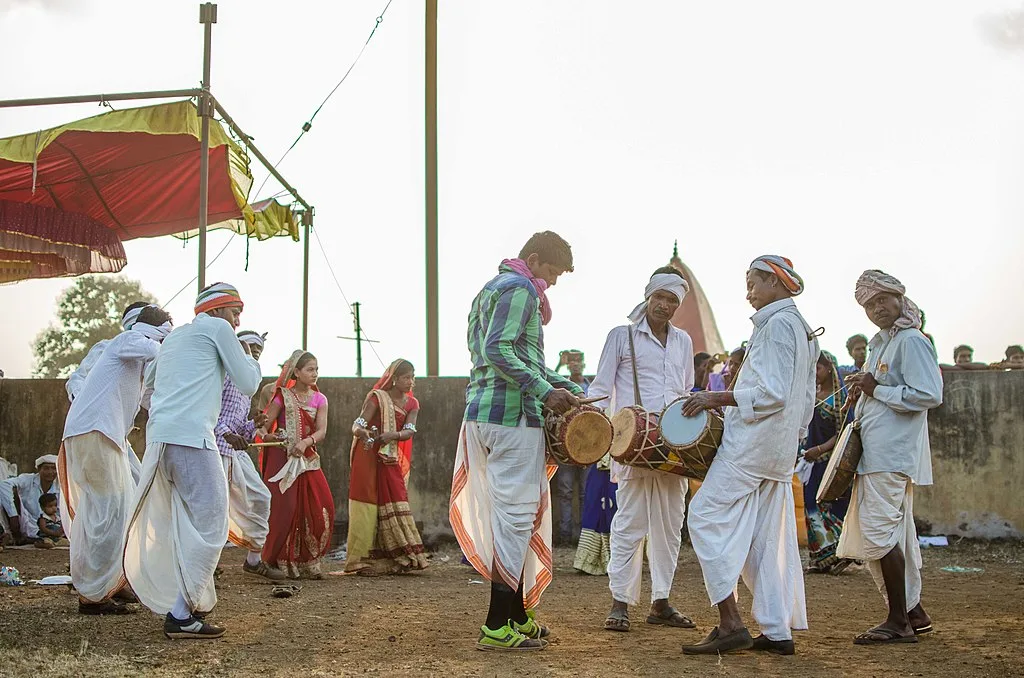
The region surrounding Melghat Tiger Reserve is home to indigenous tribal communities whose lives are intricately connected with the landscape. The coexistence of these communities with the reserve highlights the delicate balance between conservation and sustainable livelihoods. Melghat stands as a model of harmonious cohabitation, where human communities and wildlife share the same space with mutual respect.
Flora at Melghat Tiger Reserve
Entering Melghat Tiger Reserve immerses visitors in a green haven adorned with a diverse range of flora. The reserve’s landscapes showcase a variety of indigenous plant species, creating a vibrant ecosystem that supports a plethora of wildlife. The lush vegetation, ranging from towering teak trees to medicinal plants, adds to the enchantment of Melghat’s natural beauty.
Teak Dominance
Melghat Tiger Reserve is renowned for its teak-dominated forests, creating a unique habitat for a variety of wildlife species. The towering teak trees not only contribute to the park’s aesthetic appeal but also serve as vital components of the local ecosystem. The forest canopy provides shelter for numerous bird species and creates a conducive environment for herbivores.
Medicinal Plants
The forests of Melghat are home to a rich diversity of medicinal plants, a treasure trove for traditional healing practices. Local communities and traditional healers have long relied on the park’s flora for remedies and cures. The conservation of these medicinal plants within the reserve is not only ecologically significant but also culturally important.
Fauna at Melghat Tiger Reserve
The real allure of Melghat reveals itself as one encounters its diverse fauna. While the Bengal tiger is the flagship species, the reserve is also home to Indian leopards, sloth bears, Indian bison, and numerous bird species. The varied habitats within the reserve, from dense forests to open grasslands, contribute to a rich biodiversity that captures the essence of the wild.
Bengal Tiger
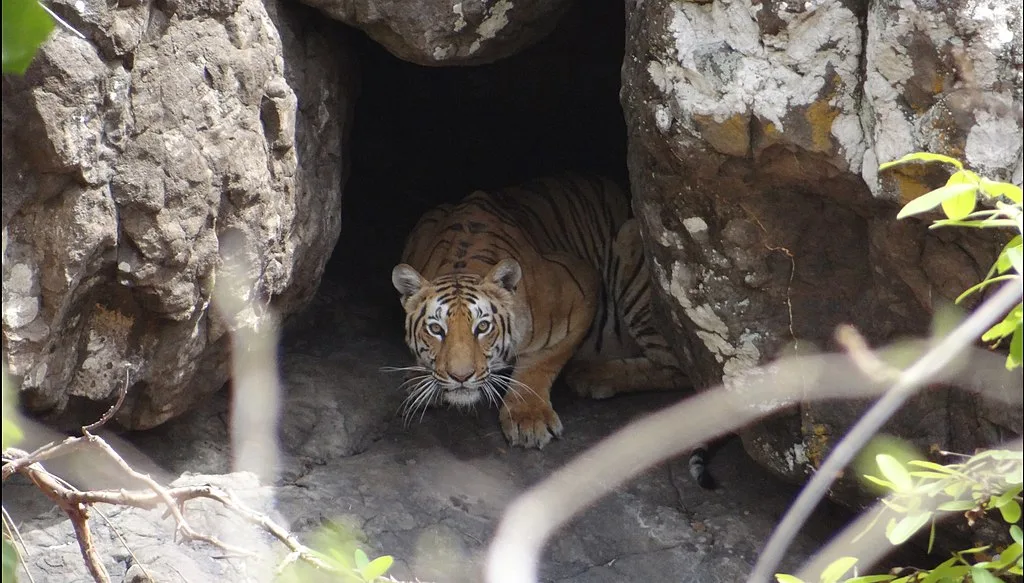
Melghat Tiger Reserve is a haven for the Bengal tiger, a majestic and endangered species that finds refuge in its protected landscapes. The reserve’s commitment to tiger conservation includes habitat preservation, anti-poaching measures, and community engagement. As a result, Melghat has become a stronghold for the Bengal tiger, contributing to national and global conservation efforts.
Indian Leopard
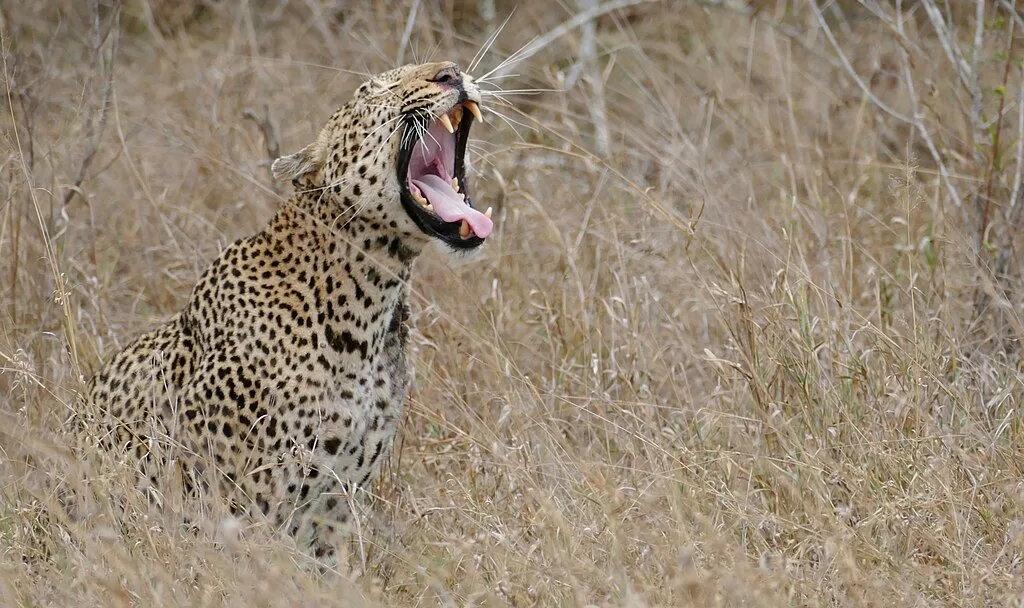
The elusive Indian leopard, with its stealth and adaptability, thrives in the rocky terrains and dense vegetation of Melghat. The reserve’s topography provides ideal conditions for leopards to establish territories and carry out their role in maintaining the ecological balance. Visitors on safari may be fortunate enough to catch a glimpse of these elusive felines.
Indian Bison (Gaur)
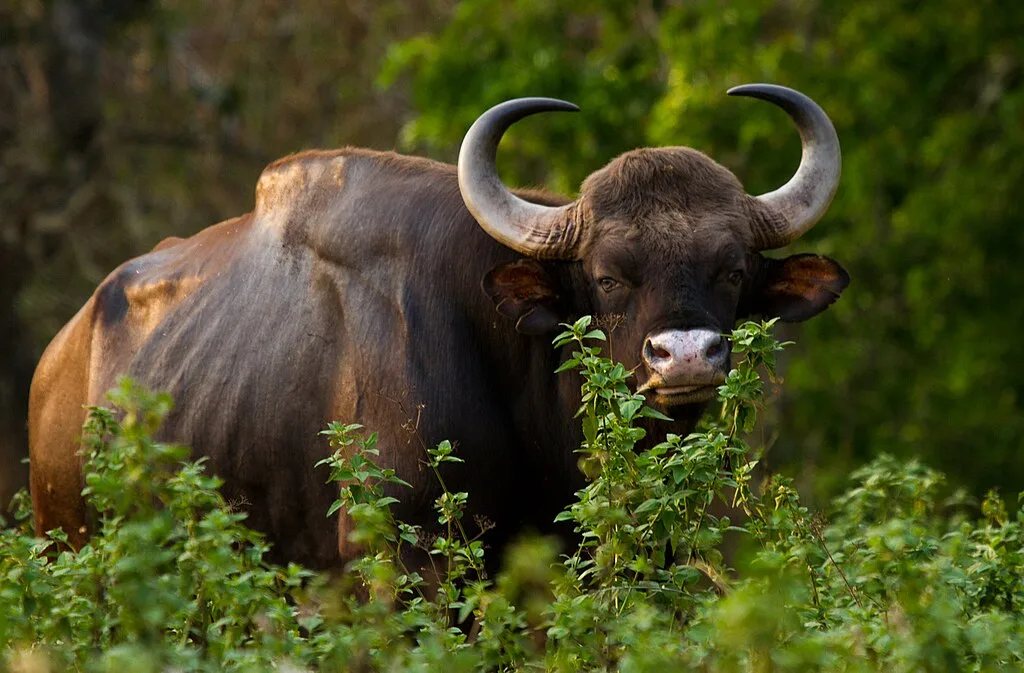
Melghat is home to the Indian bison, or gaur, the largest extant bovine species. These majestic herbivores roam the grassy meadows and wooded areas, contributing to the reserve’s diverse herbivore population. Observing a herd of Indian bison in their natural habitat is a highlight for wildlife enthusiasts.
Avian Population
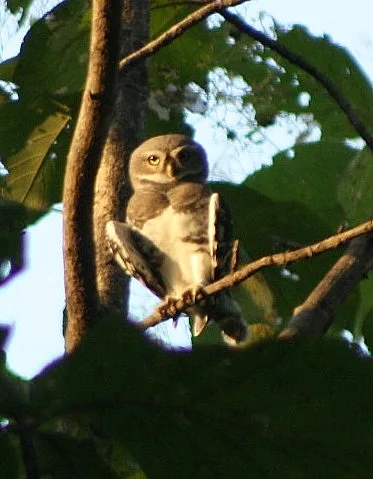
The skies above Melghat are adorned with the vibrant hues of numerous bird species. From raptors like eagles to colorful kingfishers and melodious songbirds, the reserve is a paradise for avian enthusiasts. Bird watchers can delight in the opportunity to spot and observe both resident and migratory birds, adding a symphony of sounds to the natural ambiance.
Safari Experience at Melghat Tiger Reserve
Embarking on a safari in Melghat Tiger Reserve is a journey into the heart of the wild. The reserve offers both jeep safaris and guided nature walks, allowing visitors to explore its diverse landscapes and observe wildlife in their natural habitat. Knowledgeable guides share insights into the park’s ecology, ensuring a rich and informative safari experience.
Jeep Safaris
Jeep safaris in Melghat offer a comfortable and immersive way to explore the reserve’s interior. The open grasslands, teak forests, and water bodies provide varied settings for wildlife sightings. The Bengal tiger, Indian bison, and diverse bird species are among the many highlights that visitors may encounter during a safari.
Guided Nature Walks
For those seeking a closer connection with nature, guided nature walks offer a more intimate exploration of Melghat. Trained naturalists lead visitors through designated trails, sharing information about the park’s flora, fauna, and ecological processes. Walking through the teak forests and listening to the sounds of the wild enhances the sensory experience of being in Melghat.
How to Reach Melghat Tiger Reserve
Nearest Airport and Railway Station
For those planning a visit, Dr. Babasaheb Ambedkar International Airport in Nagpur serves as the nearest air gateway. The reserve is accessible by road from the airport, providing a scenic journey through the Maharashtra countryside. Additionally, the nearest railway station is in Amravati, offering rail connectivity for visitors traveling by train.
Road Connectivity
Melghat Tiger Reserve is well-connected by road, allowing access from various parts of Maharashtra. The reserve’s entry points, including Semadoh and Dhakna, serve as gateways for visitors. Public and private transport options ensure a comfortable and scenic journey to the heart of the reserve.
Accommodation Options
To enhance the Melghat experience, visitors can find accommodation options within and around the reserve. The Maharashtra Ecotourism Development Board offers comfortable and eco-friendly lodges, providing an opportunity to stay in proximity to nature. It’s advisable to check availability and make reservations in advance, especially during peak wildlife viewing seasons.
Best Time to Visit Melghat Tiger Reserve
The optimal time to visit Melghat Tiger Reserve depends on personal preferences and interests. However, the post-monsoon and winter months are generally considered favorable for wildlife sightings and outdoor activities.
Post-Monsoon Season (October to March)
The post-monsoon season
marks the beginning of the tourist season at Melghat Tiger Reserve. The weather is mild, and the park comes alive with lush greenery. This period is ideal for wildlife safaris, bird watching, and exploring the reserve’s diverse habitats.
Winter Season (November to February)
The winter months bring a pleasant chill to the air, making it an enjoyable time to explore Melghat. The reduced foliage enhances visibility, increasing the chances of wildlife sightings. The open grasslands and meadows provide a unique landscape for photography and offer a clear view of the surrounding hills.
Things to Do at Melghat Tiger Reserve
Beyond safari experiences, Melghat Tiger Reserve offers a range of activities to engage visitors and provide a deeper understanding of its diverse ecosystems.
Bird Watching
Melghat is a paradise for bird watchers, with its varied habitats supporting a diverse avian population. Binoculars and bird identification guides become essential tools as visitors attempt to spot and document the vibrant plumage and unique behaviors of the reserve’s feathered inhabitants.
Interpretation Centers
Interpretation centers within the reserve provide educational resources and exhibits about Melghat’s ecology and conservation efforts. Visitors can gain insights into the park’s history, wildlife, and the ongoing initiatives to protect its natural heritage.
Tribal Cultural Interaction
Engaging with local tribal communities offers visitors a cultural perspective on life in the region. Tribal communities within and around Melghat have a rich cultural heritage, and interactions provide an opportunity to learn about their traditions, art forms, and sustainable practices.
Conservation Workshops
Melghat Tiger Reserve occasionally conducts conservation workshops and awareness programs. These initiatives aim to educate visitors about the importance of wildlife conservation, sustainable tourism practices, and the role of individuals in preserving the natural environment.
Interesting Trivia about Melghat Tiger Reserve
- Biodiversity Hotspot: Melghat is recognized as a biodiversity hotspot, hosting a variety of flora and fauna. Its inclusion in global conservation initiatives underscores its significance on a national and international scale.
- Project Tiger Success: The success of Project Tiger in Melghat is evident in the increasing tiger population. The reserve’s commitment to habitat preservation and anti-poaching measures has contributed to the conservation of this iconic species.
- Flora for Medicinal Use: The traditional knowledge of local tribal communities regarding the medicinal use of plants is crucial for ongoing research. Melghat’s flora not only supports wildlife but also contributes to human well-being through traditional healing practices.
In conclusion, Melghat Tiger Reserve stands as a symbol of Maharashtra’s commitment to wildlife conservation. From the majestic Bengal tiger to the diverse flora and vibrant birdlife, every aspect of the reserve invites visitors to witness the untamed beauty of the Satpura Range.
